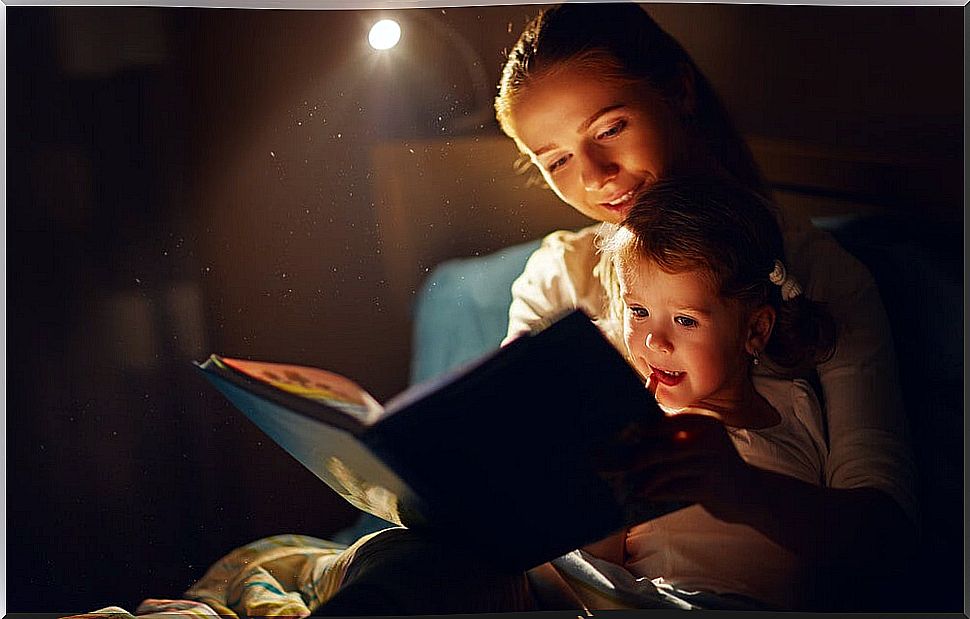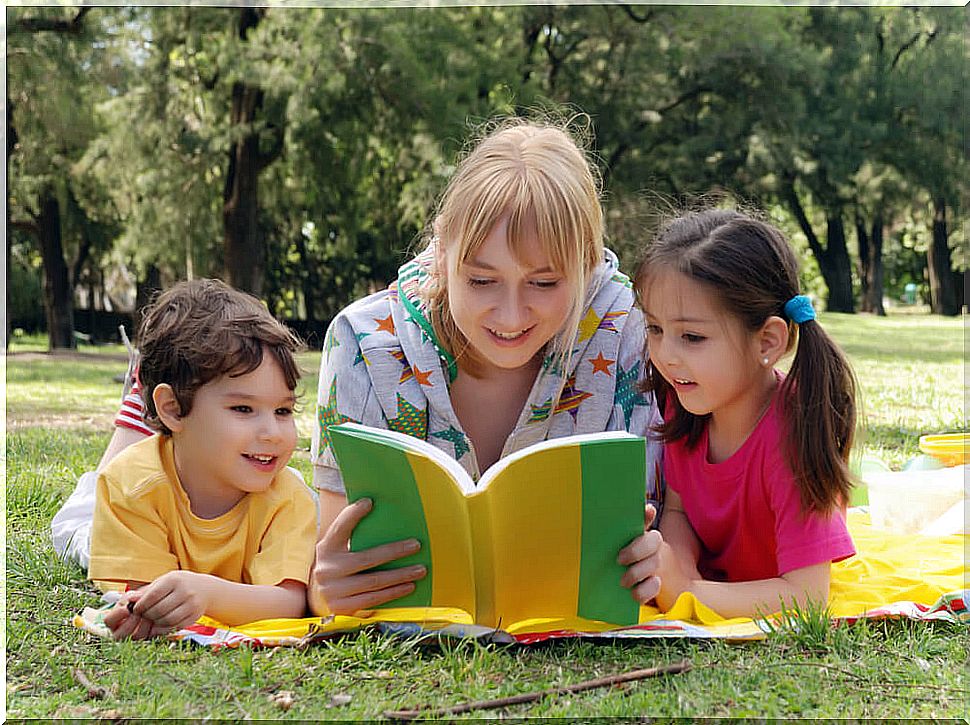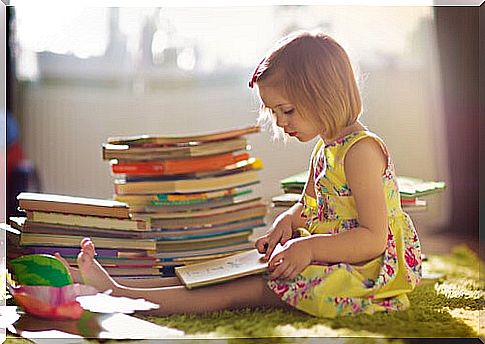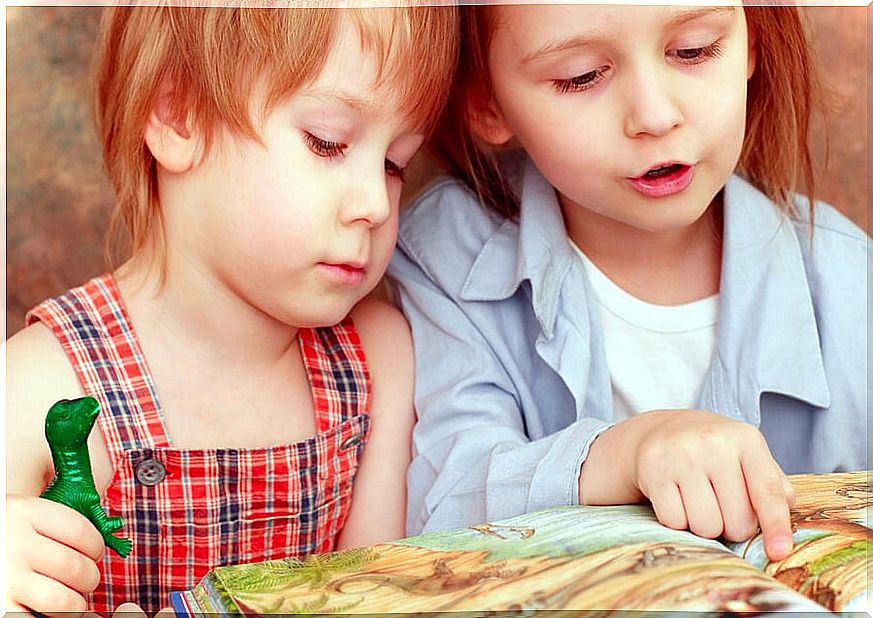3 Books About Emotions For Children

Emotions play a critical role in a child’s life, even though it is not always easy for them to maintain control in many situations. In any case, you should not worry too much, since we have prepared a list with some books on emotions for children that can help the little ones in the house.
Children’s responses to the different feelings they experience every day have a great impact on their choices, their behavior, and how they cope with and enjoy life. And is that each child experiences feelings differently, but learning to deal with emotions is an important part of growth.
Knowing how to describe emotions is important for a child’s health and social-emotional development. As they grow older and are exposed to different situations, their emotional lives also become more complex.
Emotional learning begins quite early in their growth, and it arises as they discover a wide range of emotions and evolve. Differences in children’s emotional competence can be seen from a very young age.
As children grow, family, peers, or teachers are also relevant in the development of emotional competence. However, the easiest way to learn is by reading children’s books about feelings and emotions. For this reason, we have prepared a list with some books to help the little ones manage their emotions. Take note and discover our selection of books on emotions for children!

3 books on emotions for children
1.- Sad Monster, Happy Monster, by Ed Emberley
Sad Monster, Happy Monster is a book that can help children who lack vocabulary to distinguish the emotions they feel; Through which they can find some comfort, since masks are used to identify the different feelings, since each monster that appears in this book represents a different one.
Also, through the wide range of moods that all little monsters experience, children will learn to put themselves in their place and thus identify feelings and emotions, going through countless states. This is a fun and interactive way to explore the different ways of expressing our feelings and emotions!
2.- The Grumpy Ladybug , by Eric Carle
Here’s our second pick, where the author, Eric Carle, tells the story of a very grumpy ladybug who can’t calm down and spends an entire day fighting other creatures. The grumpy ladybug has bad manners, is very crude and intimidates others.
This book is an excellent tool for teaching your child empathy, appropriate social skills, and treating others with respect. This reading also provides an opportunity to teach children about time and the concept of size.
In addition, it also addresses a key point: the consequences of bad mood and the difficulty that the person has to overcome this state, which also allows us to talk about emotions. Morality preaches understanding and sharing rather than force and violence.
3.- The generous tree , by Shel Silverstein
Third, this book tells the story of a boy and his best friend, who happens to be a tree. Every day the child climbs the tree, eats the apples and sleeps in its shade. The story focuses on the feelings and conversations between the two. The tree feels joy when the child plays with it and feels sad when it leaves; longs for his return and is willing to help the child with whatever he wants, even sacrificing himself.

But as time goes by, the child comes less and less to see the tree and he feels alone. Until one day he comes back and tells him that he no longer wants to play as he used to, that he is too old to play and that what he wants is money. The tree offers its apples to the boy so that he can sell them and thus earn money. Finally, the little one picks up the apples and leaves.
This is repeated up to two more times. A long time passes and the child finally returns, for the last time. Despite the fact that now both the tree and the child have grown up, the latter finds a small space in which he can sit so that he can continue to enjoy their company.
Before concluding, we remind you that developing skills that allow children to control emotions is very important for their emotional well-being. So what are you waiting for to introduce these children’s books on emotions to your little one? They will surely appreciate it!









